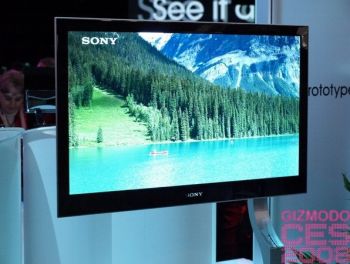Apple's CEO says OLED displays aren't good enough for Apple
Apple's CEO, Tim Cook, said that OLED displays aren't good enough for Apple - the colors are too saturated and the screen is not bright enough. "If you ever buy anything online and really want to know what he color is, as many people do, you should really think twice before you depend on the color from an OLED display", says Cook.
 |  |
Back in September DisplayMate posted an interesting and comprehensive comparison between the iphone 5 IPS-LCD and the Super AMOLED HD display used in the Galaxy S3. Indeed the call Apple's display as the superior display. The color accuracy of Samsung's OLED is something that can be calibrated, and I'm sure that if Apple wanted Samsung could have made a very accurate OLED. DisplayMate does like OLED displays and thinks they have a great future (and they say that LG's OLED TV is the best TV they have ever seen).







